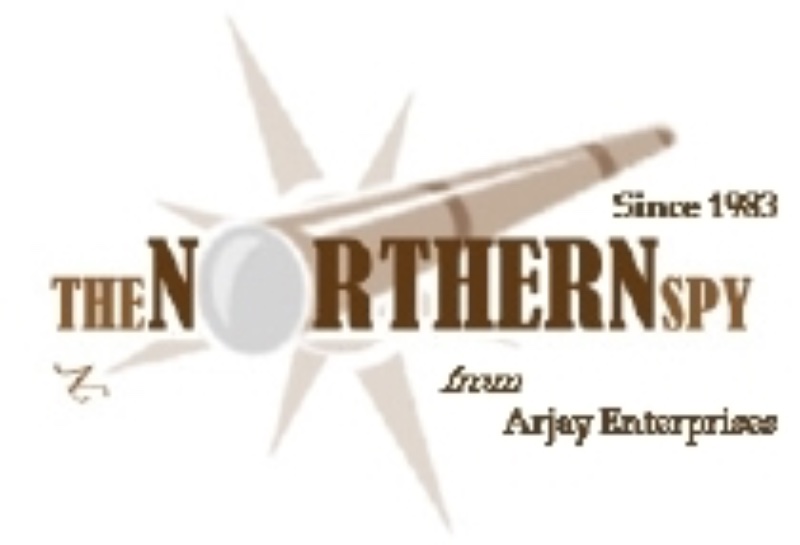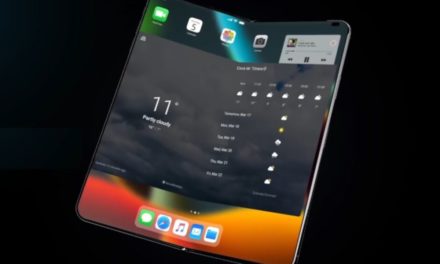The folks at Quantum, which specializes in video and rich media workflows, have looked into their crystal ball and made some predictions for 2019. Here they are:
° Rich media content will grow exponentially, across many industries: Video now constitutes 50% of all data. Rich media comprises our video surveillance; consumer images, voice and video; medical imagery, IoT, entertainment and social media. Large and unstructured data is often 50 times or larger than the average corporate database.
Video is unique, and it is not typically a good fit for traditional backup; it cannot be compressed or deduplicated, it doesn’t work well with replication, snaps or clones, and ingest speed is critical. Rich media is projected to surpass 100 Zetabytes worldwide by 2020. Expect enterprise data services to be increasingly optimized for large or rich media data sets, with infrastructure optimized for ingest processing and the full life cycle management of forms of rich media.
° NVMe and flash adoption evolves for media workflows: NVMe, the latest generation of flash technology, has already brought critical speed and scaling benefits, significantly accelerating ingest as well as other aspects of production workflows. Expect users to incorporate more hybrid cloud-based workflows to help balance on-premise and cloud-based requirements.
NVMe is ideal for tasks like real-time, high-resolution content editing. If media on the NVMe storage is localized to the client, it can get expensive very quickly. However, NVMe over Fabric can be very effective. Watch for NVMeOF on Ethernet to begin replacing FC and iSCSI (even for spinning media).
° Autonomous vehicles will drive enormous data creation: As testing continues in 2019, cars are on the cusp of Level 3 autonomy, so we can anticipate new workflows for the test vehicles as they push forward from this point. Watch for other vehicles to become autonomous as well in land, sea, and air. Data storage in the form of flash, disk, tape and the cloud – and the ability to seamlessly move data between these types of storage to balance access and cost factors – will be key in supporting automotive vehicle development.
° Tape and cloud combine for modern storage: Tape and the cloud will intersect and co-exist, helping to protect more infrastructures against malware and ransomware. In the process, many companies will recognize unique benefits of LTO tape and public cloud storage. Increasingly, companies will adopt the view that tape is not about offsite storage; it’s about offline storage. Further, it’s possible we’ll actually see the tape market will GROW in 2019 based on hyperscaler usage as long-term storage.
° Rise of AI and analytics: Video analytics can provide 100x the value of numerical analytics. Customers will increasingly need deep media catalogs that provide visibility to all the media assets at their disposal, whatever form are they in, showing who has edited them. This is a much richer catalog than just a file system – to accommodate more analytics functions.
With video surveillance, do two people look like they’re having an argument? Does someone look like they’re holding a weapon? Are 10 people in line at a grocery store and the people at the end of the line are getting frustrated? Such applications provide tremendous potential, given the right tools. Providing those data services for video will be an area for growth.




